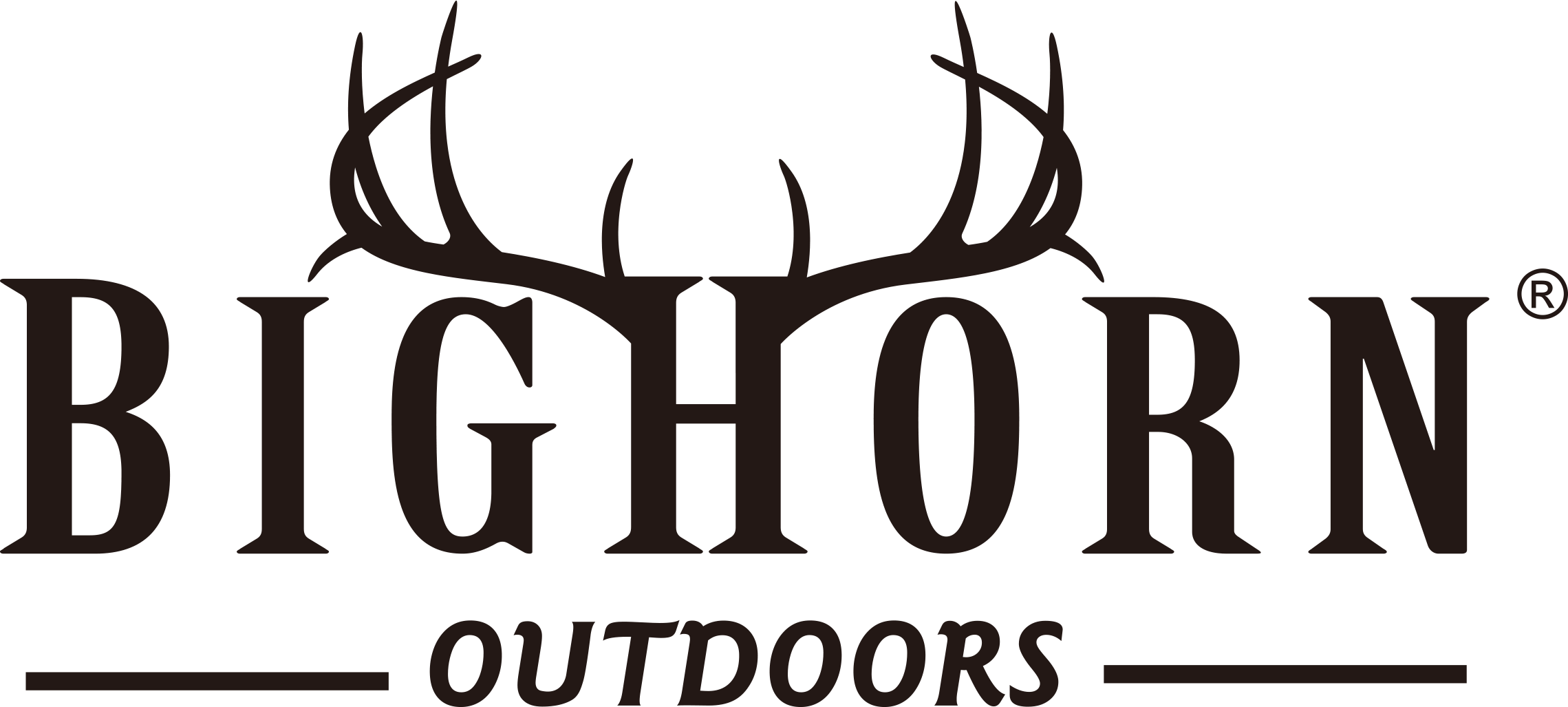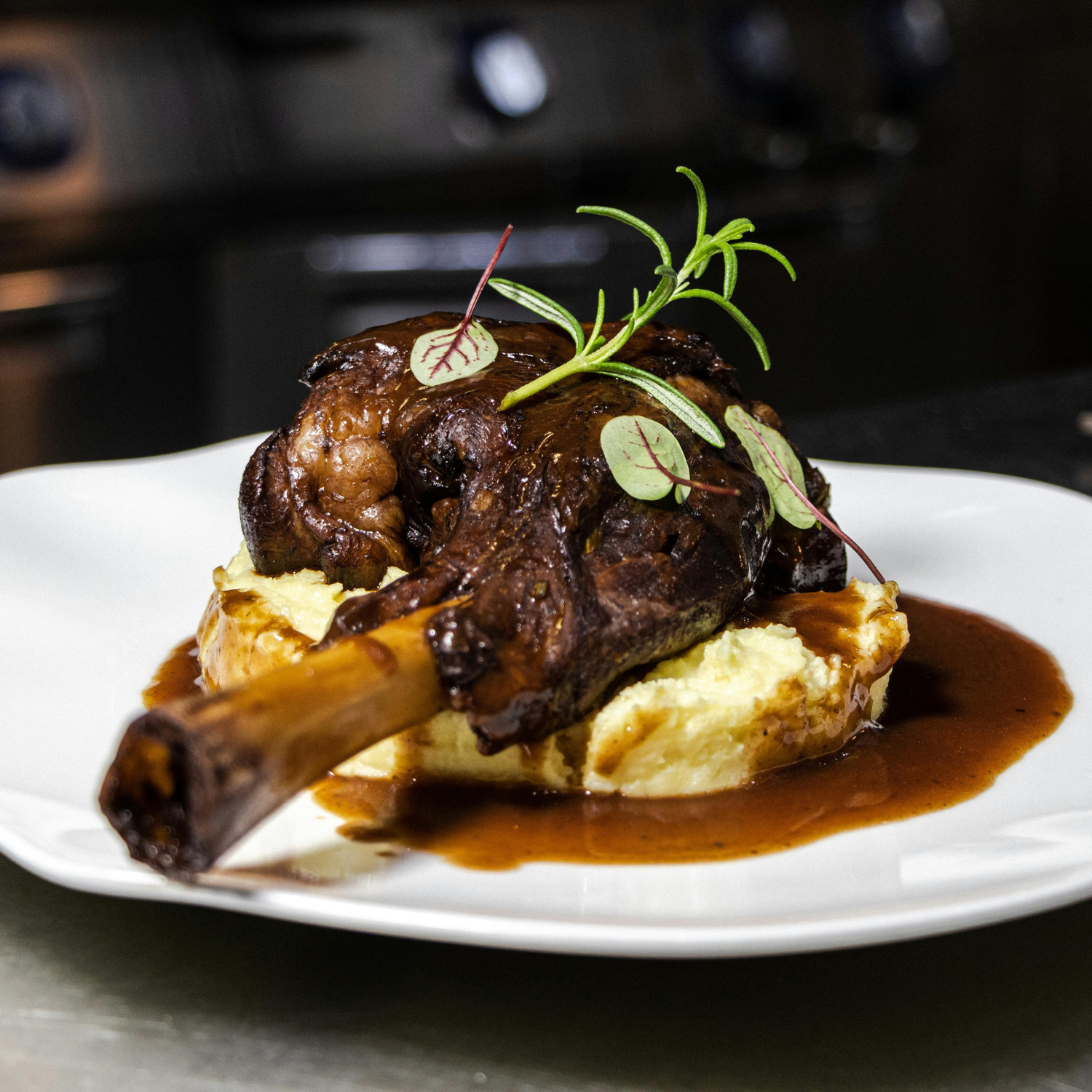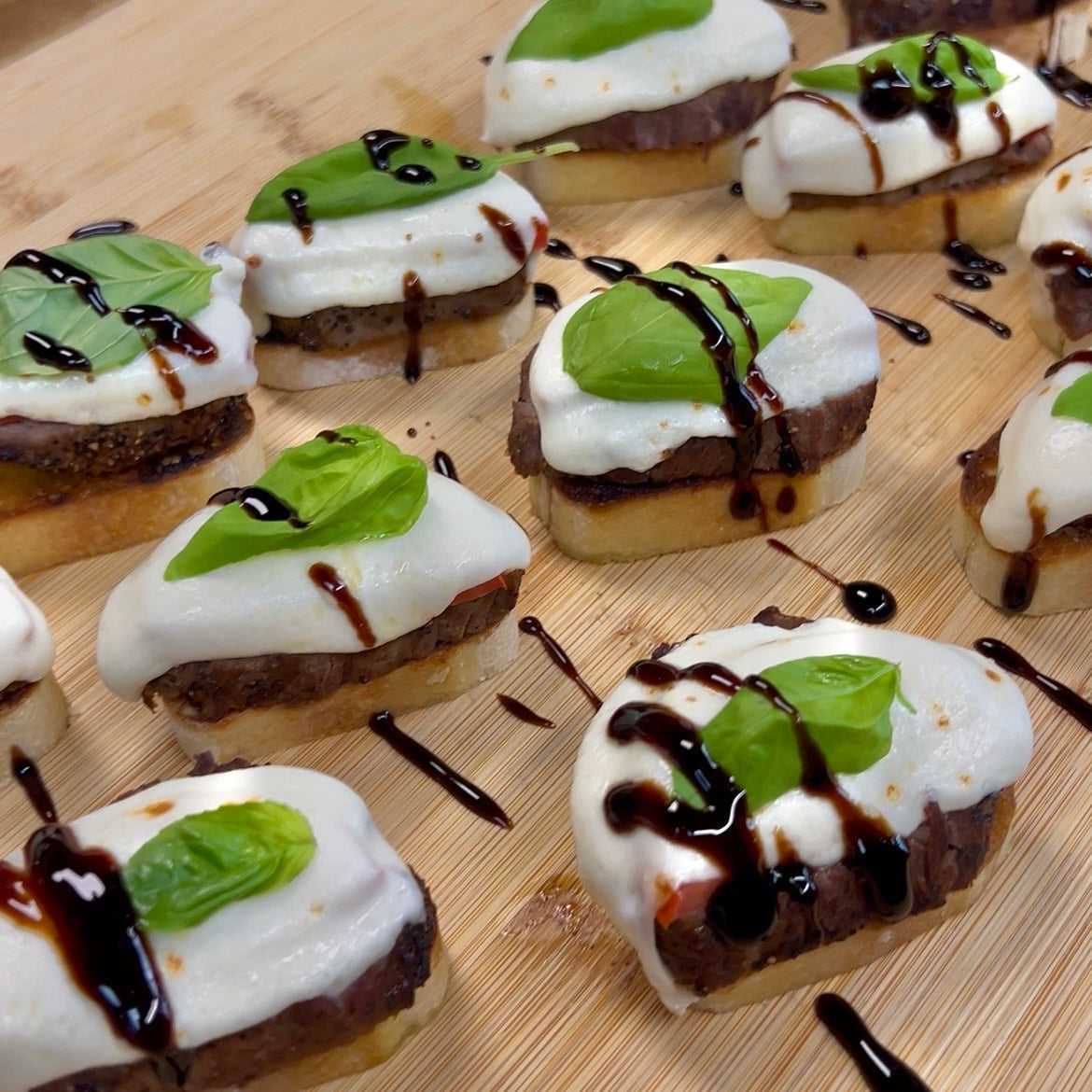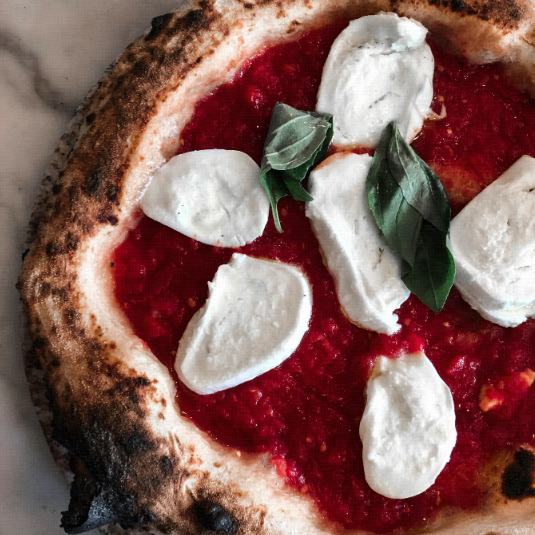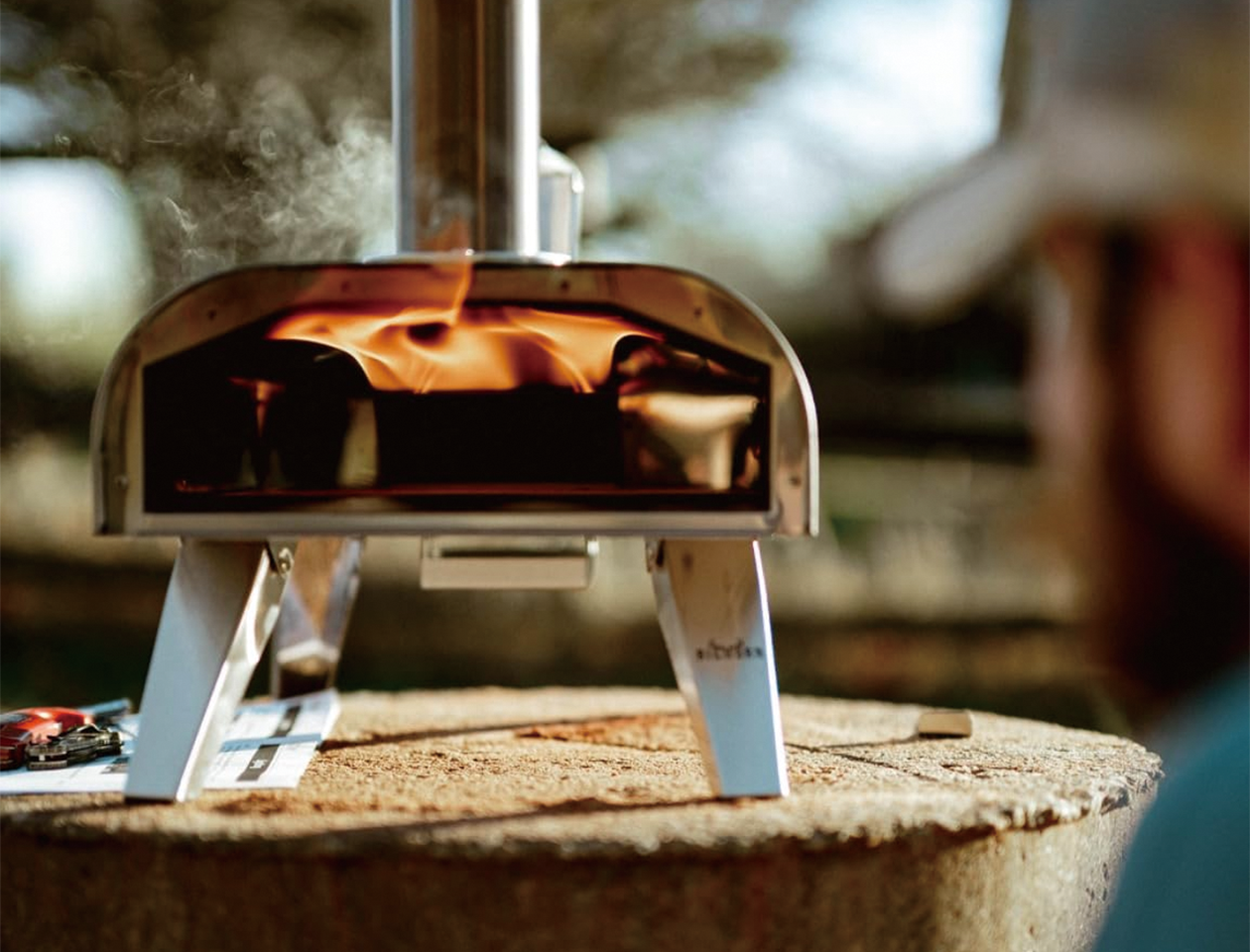As the weather gets cooler in the fall, there’s nothing better than roasting a sizzling, fragrant leg of lamb with your family in the backyard. That crispy skin with a little bit of char, the tender and juicy meat underneath, all sprinkled with some salt and spices... Just thinking about it makes your mouth water, right? So if you want to roast one yourself at home, how do you get started? This guide will show you how to do it, step-by-step, starting right from prepping the ingredients!
Get the Right Tools and Ingredients
To get great results, you need good ingredients and the right equipment. You prepare for success at the butcher shop and in your kitchen well before you light the grill.
Choose the Perfect Leg of Lamb
The most important part of your meal is the lamb itself. Choose a bone-in leg of lamb to get the best flavor and an even cook.
The bone helps in two ways. First, it spreads heat through the meat, so the lamb cooks evenly. Second, it also adds a deep, rich flavor that boneless cuts just do not have.
At the butcher shop, you can choose a great piece of meat. Do not be shy. Ask questions and look for specific signs of quality.
- Look at the color: Good, young lamb has a light red to brick red color. This color tells you the meat will have a mild flavor and a tender texture.
- Check the fat: The fat on top should be firm and creamy white.
- Know where it comes from: For the US market, American-raised lamb is a great choice. It is usually larger because the lambs eat grain. This creates more fat inside the meat and gives it a richer, less "gamey" (or less strong) taste.
Classic Ingredients for a Timeless Roast
This recipe relies on a classic combination of aromatics that have been paired with lamb for centuries. Their simplicity is their strength, allowing the rich flavor of the meat to shine through.
Main Ingredients:
- Bone-in Leg of Lamb: A 5 to 7-pound leg is a great size for serving a group.
- Garlic: Whole cloves provide a pungent, savory depth that infuses the meat as it roasts.
- Fresh Rosemary: Its piney, aromatic notes are the quintessential herbal pairing for lamb, cutting through the richness beautifully.
- Olive Oil: A high-quality extra-virgin olive oil acts as a binder for the herbs and helps create a crispy crust.
- Coarse Sea Salt and Freshly Ground Black Pepper: These are the essential foundation of flavor. Be generous.
Marinade Spices:
- Lemon Zest: Adds a subtle, bright acidity that lifts the other flavors without making the dish taste overtly lemony.
- Red Wine or Stock: A splash of dry red wine or beef stock in the marinade adds moisture and a layer of acidic complexity that helps tenderize the surface of the meat.
Essential Tools
- Grill or Roaster: A grill that lets you cook with both high and low heat is ideal. This is where a Big Horn® Infrared Grill really stands out. Its powerful infrared burner can get incredibly hot (up to 1500°F) to give the lamb a perfect crust, locking in all the juices. Then, you can easily switch to a lower, indirect heat to gently finish the roasting.
- Roasting Pan or a Large Cast-Iron Skillet: You'll need a pan to catch all the tasty juices that come out of the lamb as it cooks.
- Instant-Read Meat Thermometer: This is the most important tool on the list. It's the only way to know for sure when your lamb is perfectly cooked. Guessing can easily lead to overcooked or undercooked meat.
The Roasting Process Step by Step
Follow these four simple steps for a perfect lamb roast every single time.
Step 1: Let the Lamb Come to Room Temperature
This is a critical step that many people skip. Never take the lamb straight from the cold fridge and put it on a hot grill. A cold piece of meat will cook unevenly on the outside while the inside stays too raw. It can also make the meat tough. Let the lamb sit on your counter for at least one hour, or even two, before you start cooking.
Step 2: Prepare and Season the Lamb
This is where you build all the amazing flavor.
- Pat the Lamb Dry: Use paper towels to pat the entire surface of the lamb completely dry. A dry surface is key to getting a beautiful, crispy, brown crust.
- Score the Fat: Take a sharp knife and make shallow cuts in a diamond or crosshatch pattern across the top layer of fat. Be careful not to cut all the way down into the meat. This helps the fat melt and become crispy, and it lets the seasonings get further in.
- Make Pockets for Flavor: Now, take that small knife and stab the lamb all over, making little cuts that are about an inch deep. Wiggle the knife around in each cut to create small pockets for your seasonings.
- Stuff the Pockets: This is the fun part. Push a sliver of garlic, a small piece of a rosemary sprig, and a tiny piece of an anchovy (if you're using them) deep into each pocket you made.
- Season It All Over: Rub the entire leg of lamb with olive oil. Then, season it very generously on all sides with salt, pepper, and the lemon zest. Remember, this is a big piece of meat, so it needs more seasoning than you might think.
Step 3: Choose Your Roasting Style
There are two fantastic ways to roast a lamb. One gives you that classic pink center, while the other gives you ultra-tender meat that falls right off the bone. Both are delicious--it just depends on what you prefer.
Method 1: The Classic Roast (For a Pink, Juicy Center)
This method uses a blast of high heat at the start to create a crust, followed by a lower temperature to gently cook the inside.
- High-Heat Searing: Preheat the infrared burner on your Big Horn® Grill to its highest setting. Place the lamb directly over the heat and sear it for 2-3 minutes on each side. You want to get a deep, brown crust all over. This high-heat sear creates a ton of flavor.
-
Low-Heat Roasting: Now, move the lamb to a part of the grill with indirect heat (turn off the burner directly under the lamb). Lower the grill’s overall temperature to about 325°F. Place a drip pan under the grates to catch the juices. Close the lid and let the lamb roast slowly. For a 5-pound leg, start checking the temperature after about 1 hour and 15 minutes.
Method 2: The Fall-Off-The-Bone Roast (For Super Tender Meat)
This method is for people who like their meat well-done, but still incredibly moist and tender.
- Low and Slow Heat: Preheat your entire grill to a steady 325°F.
- Cover the Lamb: Place the seasoned lamb in a roasting pan and pour about a cup of water or stock into the bottom of the pan. Cover the pan very tightly with aluminum foil. A great tip is to place a sheet of parchment paper over the lamb first before adding the foil--this prevents the foil from touching your food.
- Roast for a Long Time: Let the lamb cook for 4 to 5 hours. You'll know it's ready when the meat is so tender you can easily pull it apart with a fork.
- Brown the Top: For the last 30 minutes of cooking, take the foil off. This will allow the outside of the lamb to get nicely browned and a little crispy.
The Final Steps: Temperature and Rest
The final stage of roasting the lamb is also the most critical stage. You need to pay attention to 2 things: temperature and resting.
Temperature is Everything
- Find the thickest part: Locate the meatiest part of the lamb leg, usually near the thigh bone.
- Insert the probe: Push the thermometer's probe in horizontally from the side. Make sure the tip is in the very center of the meat and is not touching a bone.
- Read the temperature: Wait for a few seconds until the numbers on the thermometer stop changing. That final number is the lamb's current internal temperature.
- Judge the doneness: Compare the temperature you see to the chart below.
| Doneness | Pull-From-Grill Temperature | What to Expect |
| Medium-Rare | 130°F - 135°F | A warm, bright pink center. Very juicy. |
| Medium | 140°F - 145°F | A light pink center. Juicy and firm. |
| Medium-Well | 150°F - 155°F | Just a hint of pink in the very center. |
| Well-Done | 160°F+ | Very little to no pink. Firmer texture. |
| Fall-Off-The-Bone | 195°F+ | No pink, meat is shreddable and ultra-tender. |
*Safety Note: The USDA recommends cooking lamb to at least 145°F for food safety.
Important Tip: Remember carryover cooking. The temperatures in the chart are the temperatures when you should pull the lamb from the grill. The internal temperature will continue to rise another 5-10°F as it rests.
Let the Meat Rest (A Very Important Step)
When the lamb is done cooking, take it off the grill and put it on a cutting board. Before you cut it, let it rest for 15-20 minutes.
This is a very important step to keep the meat juicy. When meat cooks, it gets tight, and all the juices get squeezed into the middle. Resting lets the meat relax, which allows the juices to spread back through the whole piece.
If you cut it right away, all the juice will run out, and the meat will be dry. You can cover it with a piece of foil to keep it warm.
How to Carve and Serve
After the lamb has rested, use a long, sharp knife to slice it.
You will see lines running through the meat. This is called the "grain." When you slice, you must cut against the grain. This means your knife should cut across the lines, not in the same direction as them.
Cutting this way breaks up the meat's texture. This makes every slice more tender and easier to chew. Put the slices on a warm plate and serve immediately.
Pro Tips and Perfect Pairings
To make your roasted lamb leg a truly complete and unforgettable meal, keep these final tips in mind and consider some classic pairings.
Tips Recap:
- Always Choose Bone-In: The bone adds flavor and promotes even cooking.
- Start at Room Temperature: Take the lamb out of the fridge an hour before cooking.
- Pat It Dry: A dry surface is essential for a great sear.
- Use a Thermometer: It is the only way to guarantee perfect doneness.
- Never Skip the Rest: Patience ensures a juicy, tender result.
Perfect Pairings: The rich flavor of lamb pairs beautifully with a wide range of side dishes.
- Classic Roasted Vegetables: Root vegetables like potatoes, carrots, parsnips, and onions are a natural choice. You can toss them in the roasting pan during the last hour of cooking to soak up the delicious lamb drippings.
- Fresh and Green Contrast: To cut through the richness of the meat, serve it with something bright and fresh. Grilled or roasted asparagus, a simple salad with mint, or sautéed green beans with lemon are all excellent options.
- Hearty Grains: For a more substantial meal, serve the lamb alongside fluffy couscous or a simple rice pilaf.
1500℉ Portable Infrared Steak Grill with Pizza Stone, Stainless Steel- 16 Inch
Your New Tradition Awaits
See? Roasting a leg of lamb isn't hard at all. As long as you remember the key points--like how to get a crispy skin, why a thermometer is so important, and the need to be patient while it rests--you'll be able to make a delicious meal that your family and friends will love.
This is more than just a recipe; it's a chance to create happy moments and start new traditions with family and friends around your grill.
Ready to take your backyard grilling to the next level? The power and precision of the Big Horn® Infrared Grill can help you get that perfect roast every time, with a crispy outside and a juicy inside.
